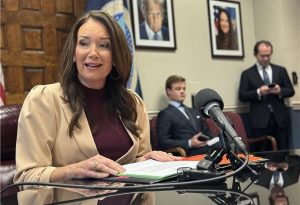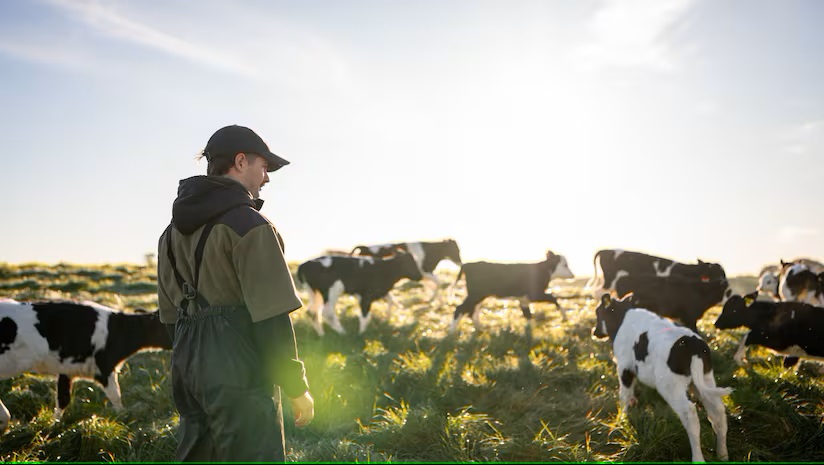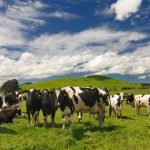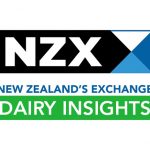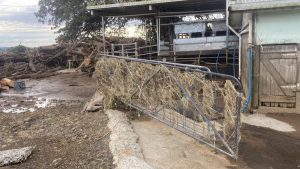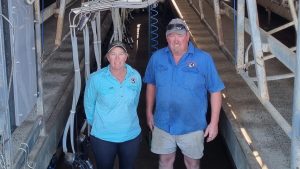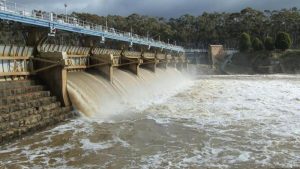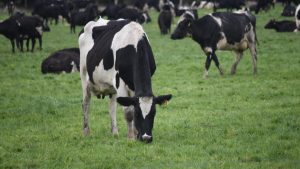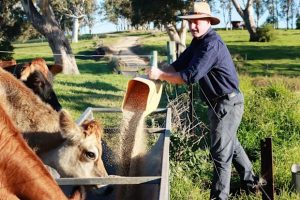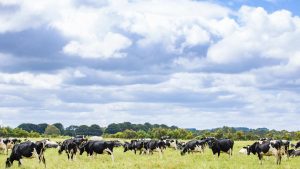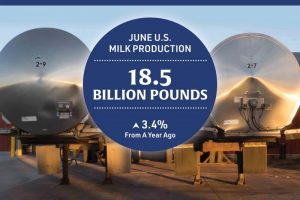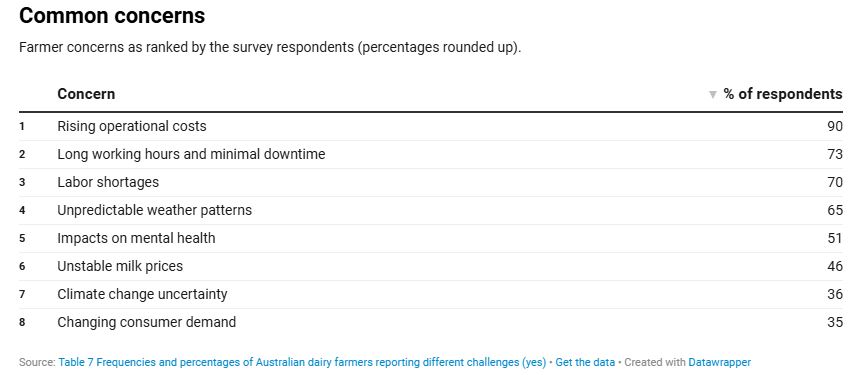
Financial constraints arising from high input costs and unstable milk prices, appeared to be impacting operational efficiencies, such as producers’ ability to invest in infrastructure, labor and animal health, the study found.
Adverse weather events such as floods or droughts could negatively impact the availability of good quality fodder and thus affect milk production and profitability.
But while climate calamities were widely viewed as contributors to farmers’ hardship, only around a third (36%) of those surveyed perceived ‘climate change uncertainty’ as a major challenge to their business models – suggesting a lack of recognition of the link between livestock and climate change.
“Climate change uncertainty is the elephant in the room,” professor Clive Phillips, co-author of the study, told us.
“Many farmers don’t want to acknowledge that anthropogenic climate change exists, and if they do, they don’t necessarily acknowledge the contribution of livestock to global warming. Unfortunately, they get some support from scientists and veterinarians, many of whom have vested interests in supporting the farmers.”
Mental health matters
Work-life balance was another major reason why farmers would consider switching to alternative enterprises.
More than two thirds of the farmers surveyed (69%) reported theirs or their family’s mental health had been negatively impacted by farm-related challenges, with 51% of the respondents choosing mental health and well-being impacts as primary challenges in their work lives.
Suicide rates among farmers are 60% higher compared to non-farmers, according to National Rural Health Alliance data.
Long working hours, economic hardship and sector consolidation were the main factors fuelling farmers’ poor wellbeing.
According to Statista, the number of registered dairy farms in Australia has been decreasing (from 6,770 in 2012 to 4,420 in 2022) but the number of cows has been increasing; putting additional pressure and responsibilities on producers.
The situation mirrors that in other markets, including the EU, where dairy farms have shrunk by 62% with no decrease in animals farmed, the research explains.
Meanwhile, data from a recent study carried out by the National Rural Health Alliance indicates that a farmer dies by suicide every 10 days, with risk factors including relationship breakdown, underlying depression and easy access to guns.
Open to alternatives
Collectively, more than half of respondents (54%) indicated they were open to exploring alternatives to dairy farming – but profitability, the suitability of their land for other ag operations, and familiarity with dairy were among the chief reasons why many hesitated.
Nearly two thirds (64%) said they were not open to transitioning from dairy even if dedicated government funding was available; with around a third (36%) indicating funding would in fact nudge them to consider an alternative venture.
Crucially for policymakers, the study discovered that financial support was unlikely to persuade dairy farmers to quit the sector – with the vast majority (80%) of respondents stating they would not be paid off.
However, receiving financial support would likely convince those considering leaving the industry to stay.
“Our study found that farmers choosing to receive financial and/or other support to remain in the industry reduced the likelihood of considering transitioning away from dairy farming,” the authors stated. “A significant proportion of them (58.5%) wanted to receive financial and/or other support to remain in the sector, and this finding was supported by qualitative data.
“We also determined that as herd size increased above 700, the need for additional financial resources to make an informed decision about the future of the farms increased.”
For those willing to look at alternatives, aging, health issues and labor shortages were key factors with respect to the producers’ rationale. Most respondents in the sample were aged 55 to 64, supporting prior academic research that found farmers over 60 are up to 20% more likely to quit the sector.
For those committed to dairying, family ties played a prominent role, as was land ownership and ‘genuine love’ for their trade. “This emotional connection, combined with a belief in the future of dairy farming, reinforced their commitment to staying in the business,” the study’s authors explained.
Turning challenges into opportunities
But while transitioning to another agricultural business entirely is strewn with its own challenges, diversifying into mixed farming, for example, makes business sense.
Some of the producers surveyed viewed diversification as a way to maintain a stable income, for example by incorporating beef, horticulture or broadacre farming. A Victorian farmer who farms dairy, beef and sheep told the researchers that ‘each of these commodities has had ups and downs’; [s]heep and beef are in a downturn, so dairy is keeping us up until the financial year for a reasonable price’.
Farmers can also take steps to mitigate some of the financial burdens identified in the study. For example, the cost and reliance on fertilizer use can be mitigated by improving soil health through crop rotation, introducing new cover crops, and measuring soil nutrients.
But despite facing pressures to reduce on-farm emissions, it’s evident from the research that climate change is one of the least concerning aspects of dairy farmers’ every-day business.
Agriculture accounts for approximately 16% of Australia’s total greenhouse gas emissions, with direct on-farm emissions from dairy farms contributing about 19% of this – about 3% of the nation’s total emissions.
“Although the farmers in our sample also expressed concerns about the impact of climate change uncertainty on their businesses, there was no acknowledgement in the qualitative comments that the cattle themselves are contributing high levels of greenhouse gas emissions,” the authors concluded.
“There seemed to be a lack of recognition of the link between livestock and climate change and the benefits of plant-based choices, which could potentially influence dairy farmers’ interest in transitioning to other businesses.”
Source:
Celik, E., Bogueva, D., Phillips, C.J. et al. A survey of Australian dairy farmers’ attitudes to their business, its challenges and transitioning to alternative enterprises. Sci Rep 14, 30555 (2024).
https://doi.org/10.1038/s41598-024-81358-2
